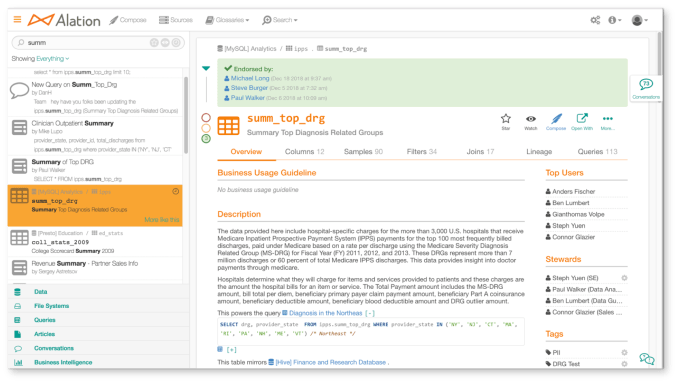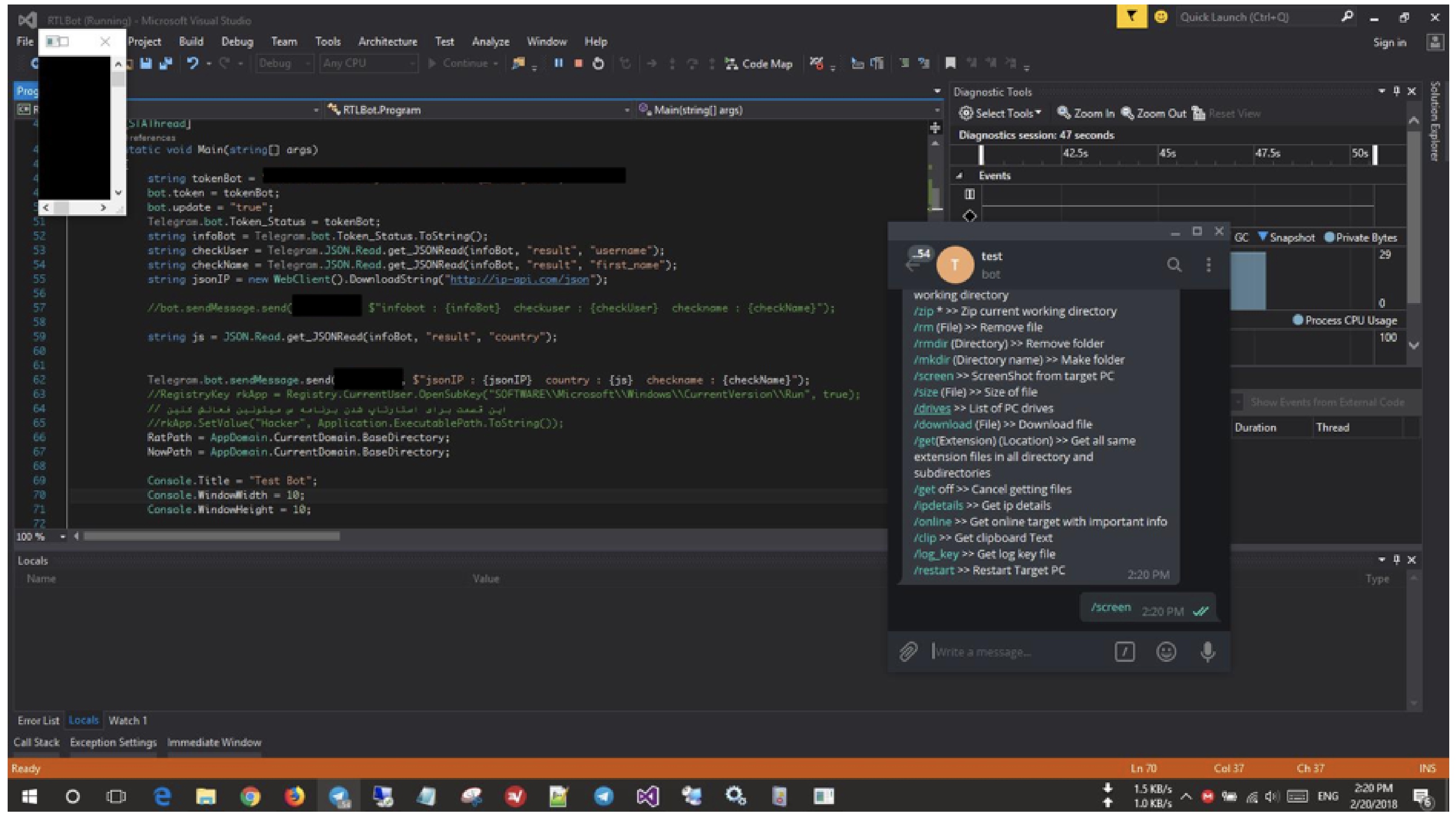Coursera, the online learning startup valued at $850 million, has made its name primarily around its classes and degrees in information technology, data science and business. Now nearly seven years into its life, it’s tackling a new vertical. To tap into shifting economic and societal trends, Coursera is moving into health, with around 100 courses in 30 areas, along with two master’s degrees in public health, to help train people to fill current and future talent shortages in health informatics, healthcare management, public health and related roles.
Universities that will be offering courses include top schools like Columbia University, Emory University, Imperial College London, Johns Hopkins University, University of Colorado, University of Michigan and University of Minnesota, with Imperial and the University of Michigan offering the first masters degrees with applications opening this month. Subscriptions to take courses will range from $39 to $79 per month, depending on the specialization.
Daphne Koller, Coursera’s co-founder, is leading the company’s move into this area. “This is an area I’ve been involved with for many years,” she said in an interview. “We need more trained health professionals, and we think Coursera can help with amazing content to train new health workers and those who are already in this area.”
While Koller may be known best for her work in AI and computer science — it was while working in the computer science labs at Stanford, where she is a professor, that she first paired up with Andrew Ng to co-found the company — she is also a professor of pathology there and has in recent years worked as a chief computing officer at health tech startup Calico labs and has now founded a drug discovery startup called Insitro.
But this isn’t just about Koller promoting a subject she is interested in; there is a clear need and Coursera thinks it can fill it.
The big talent gap in the area of healthcare work is fuelled by a number of developments.
They include a population that is living longer, and in some countries growing at a fast pace; and a corresponding rising number of health issues, since even as we find cures and treatments for viruses and other diseases and conditions, new ones arise.
Following from these, there is a not-insubstantial administrative and management layer to healthcare: as we gain more advanced knowledge and technology to treat more people, the systems surrounding those treatments — from delivering them to figuring out how to pay for them — become more complex.
These areas require specific skill sets that other educational disciplines do not teach, and in some cases smart people in the job market are overlooking as lucrative jobs in tech and other emerging areas beckon. (We’re starting even to see examples of schools even offering degrees for free.)
But that doesn’t mean that the demand goes away: Coursera cites research from McKinsey that estimates the healthcare job market could grow to 130 million by 2030, from 80 million today.
To be clear, Coursera’s health vertical does not include medicine and courses that a would-be doctor or nurse or other front-line health worker might take. These newer jobs are also seeing a critical talent crunch, globally and not just in the US according to the World Health Organization. For now at least, these areas have large practical components that require students to have hands-on interactions. But kicking off health courses opens the door to considering what Coursera could offer to complement practical learning segments.
“There is a tremendous opportunity in content that surrounds a basic medical degree whether it’s for a doctor or nurse or other front-line professional,” Koller said, citing non-clinical studies alongside those degrees or continuing education for those already in the workforce to give them access to new learnings as two examples. “I think there is multiple uses of our platform.”
Coursera’s big product developments over the last few years have been more about expanding the kinds of students it targets. That’s included adding an enterprise vertical for corporate e-learning and teaming up more with third parties like Google to expand its reach to more captive audiences. This move into health is a sign that it could be looking for new content expansion now, too.
Health, of course, is a big one, especially if Coursera adds on courses for clinical professionals as well (and starts to see competition from other online education providers; for example, Lambda School has said that it wants to move into nursing courses alongside coding). But there are other areas in its sites as well. Koller, for example, said another subject that is of big interest is cognition.
“Basic cognitive skills are something that our education system doesn’t teach as it should,” she said. “One of our most successful courses is learning how to learn, and I do think we’ve put too much emphasis on content versus thinking skills. That may be a need.”
On Coursera as a startup business, she notes the company — which is backed by the likes of Kleiner Perkins Caufield & Byers, NEA, GSV and Learn Capital and last raised money back in 2017, first grabbing $64 million and then quietly supplementing that with another $20 million later in the year according to PitchBook, bringing its total raised to $230 million — is “doing well, growing rapidly, and starting to see serious revenue.”
That said, she declined to comment on whether it’s going to raise a new round to compete more with Udacity, LinkedIn, Khan Academy and the rest.
“It’s like that expression you hear,” she said. “We’re always fundraising but never raising a round.”






